Listing Tag: Museums and Galleries
-

Kentuck Art Center
—
—
On the third weekend in October in 2016, we will present the 45th Kentuck Festival of the Arts, one of the nation’s best-respected and most-loved arts gatherings. But come see us now, at the Kentuck Art Center. The center is temporarily located in the Georgine Clarke Building at 1922 5th St. right around the corner…
-
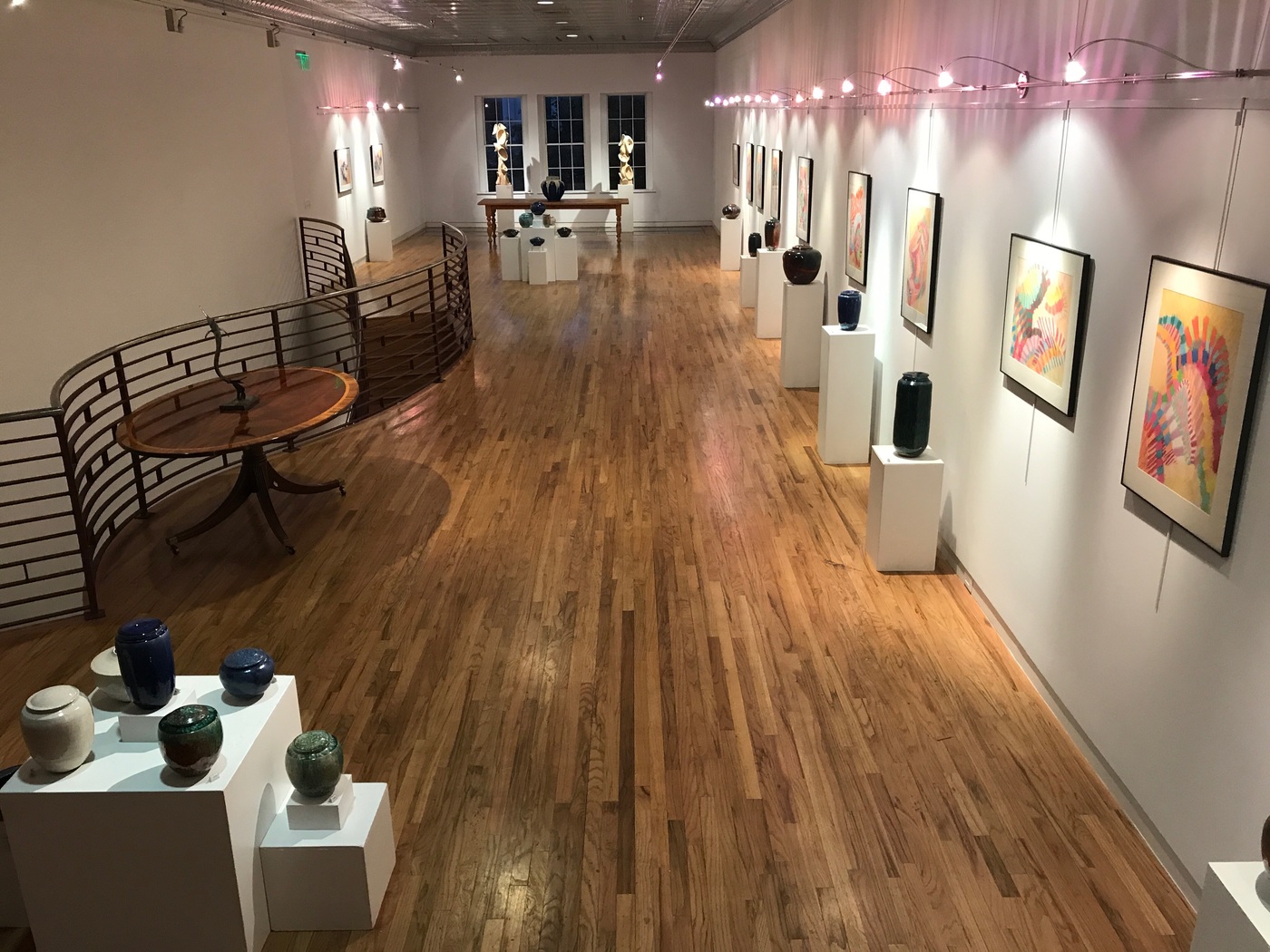
Harrison Galleries
—
—
Harrison Galleries in Tuscaloosa, Alabama, is a contemporary art gallery located in the heart of downtown. The space showcases a wide range of artwork, including paintings, photography, and sculpture from both regional and national artists. Known for its welcoming atmosphere, Harrison Galleries regularly participates in Tuscaloosa’s First Friday Art Walk and serves as a vibrant…
-
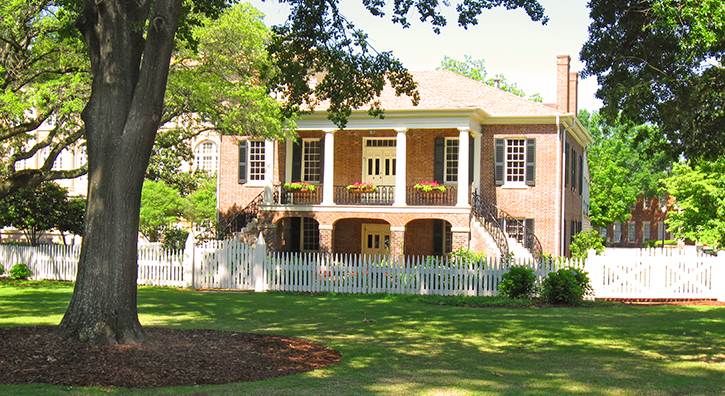
Gorgas House Museum
—
—
Built in 1829, the Gorgas House Museum is the oldest structure on the University of Alabama campus. Originally serving as the student dining hall, campus hotel, and residence for the university’s steward, it is one of only four current buildings on campus to survive the burning of the university by Union troops in 1865. Named…
-
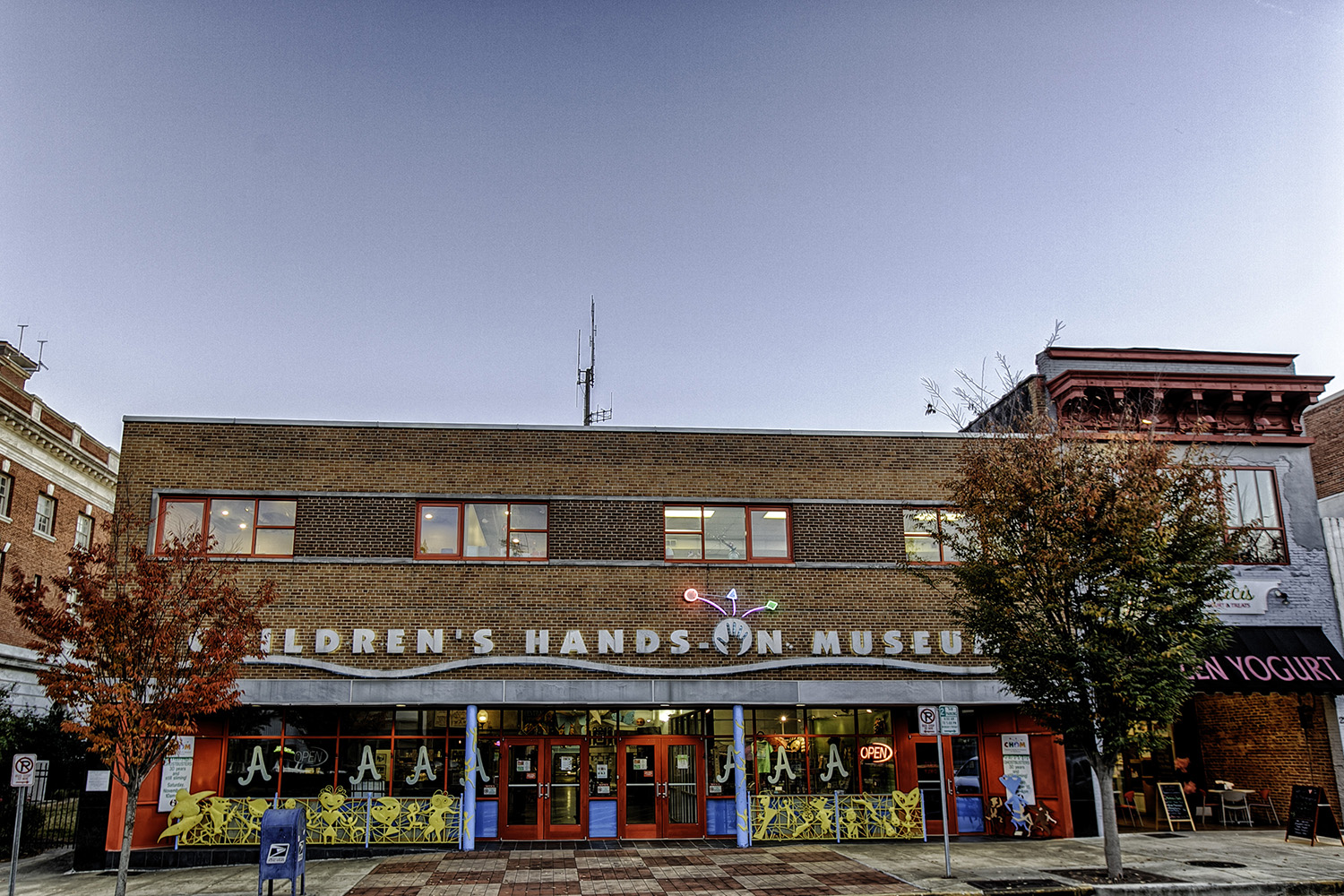
Children’s Hands on Museum
—
—
CHOM, where children Explore, Create and Discover every time they visit. When we say “hands-on” we really mean it! Learning through play is what our exhibits are all about, and you are encouraged to touch, feel and play in our exhibits. Three floors of fun wait for families and school groups, too. With 24 exhibits, CHOM offers newborns through age 13…
-
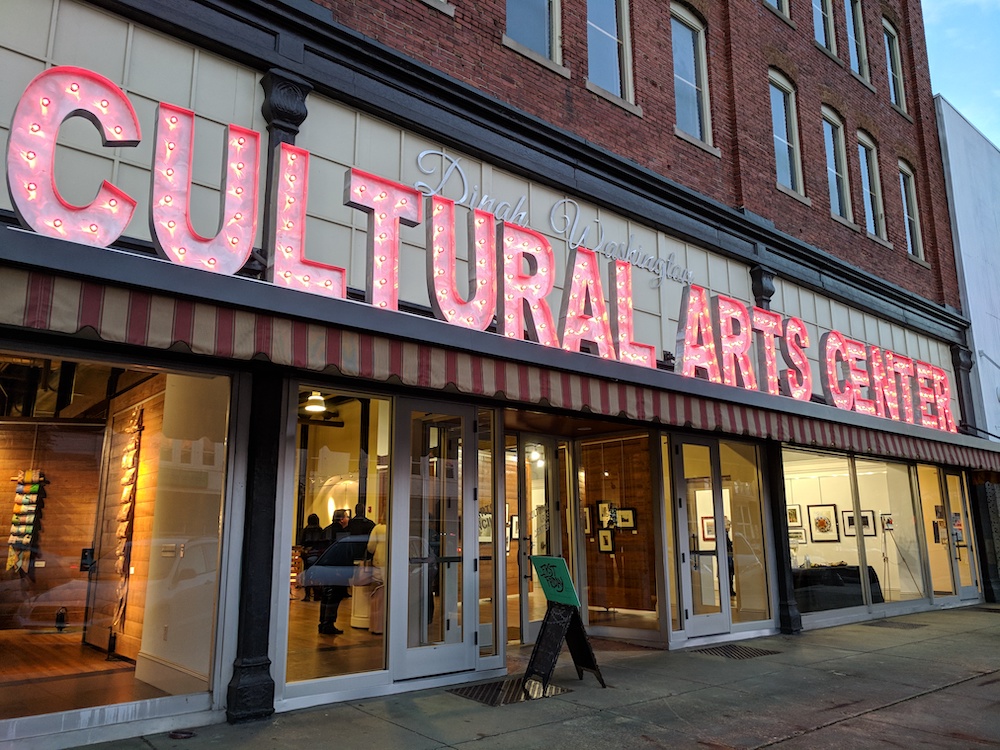
Dinah Washington Cultural Arts Center
—
—
The Dinah Washington Cultural Arts Center (DWCAC) is located in the former Allen & Jemison Co. Hardware building located on the corner of 7th Street and Greensboro Avenue on the same block as the Historic Bama Theatre. Managed by the Arts Council, the DWCAC is a hub of arts and cultural activity in the City…
-
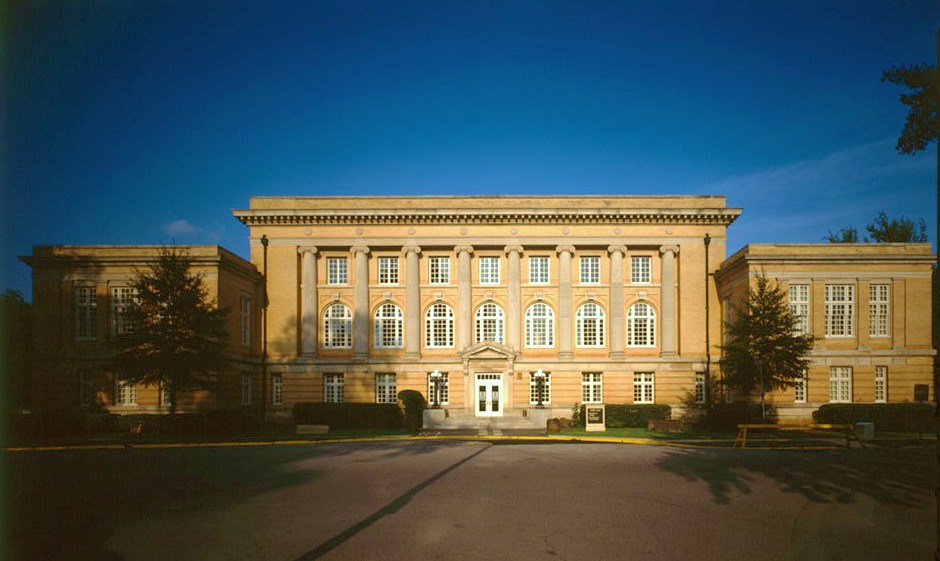
Alabama Museum of Natural History
—
—
For more than 150 years, the Alabama Museum of Natural History has celebrated Alabama’s natural history and beauty through exhibitions, collections and quality programs of teaching, research, and service. EXPLORE Alabama with remarkable exhibitions and specimen collections detailing Alabama’s natural history and ancient past. ADVENTURE out and experience Alabama’s natural history and its beautiful rivers…
-
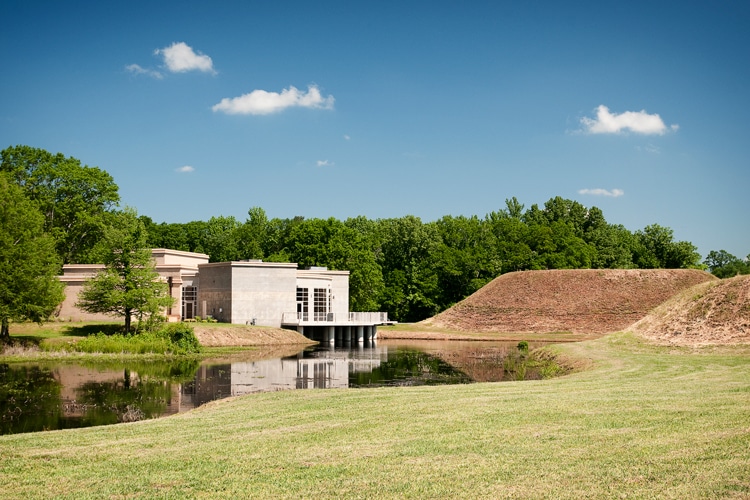
Moundville Archaeological Park
—
—
ABOUT MOUNDVILLE The University of Alabama’s Moundville Archaeological Park is one of the nation’s premier Native American heritage sites. Called “The Big Apple of the 14th Century” by National Geographic, Moundville Archaeological Park was once the site of a powerful prehistoric community that, at its peak, was America’s largest city north of Mexico. Located on the Black…
-
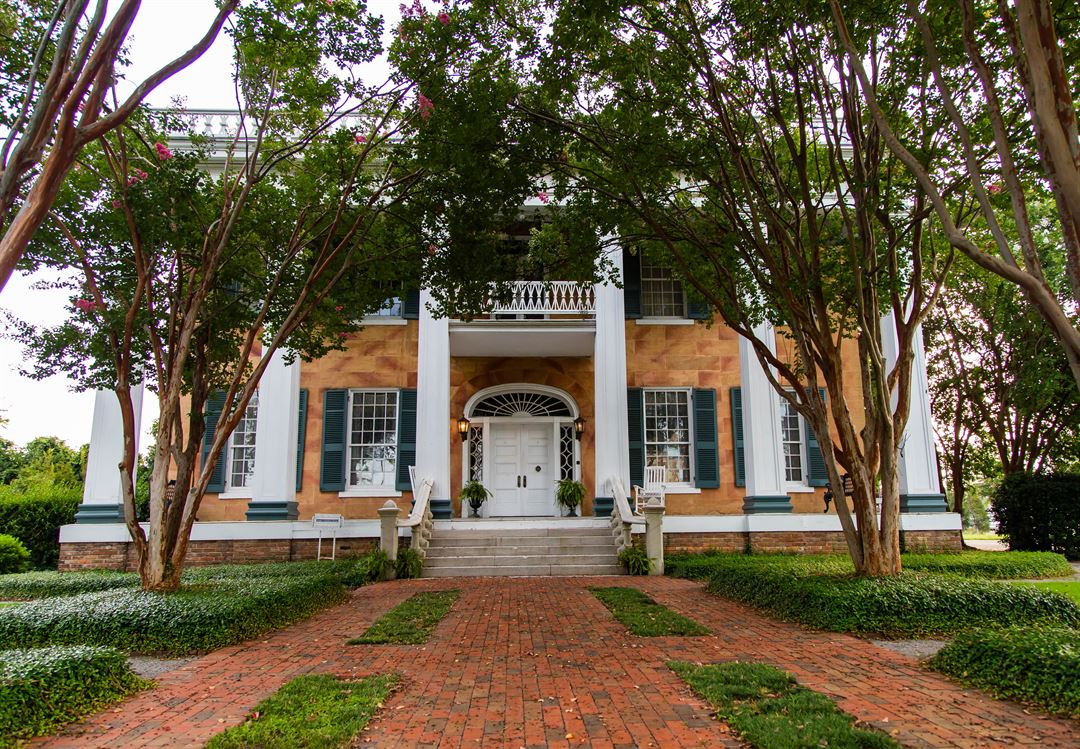
Battle-Friedman House
—
—
The Battle-Friedman House was built about 1835 by Alfred Battle, a North Carolina native who had come to Tuscaloosa in 1821. The house and its outbuildings occupied the entire city block. Originally, the house consisted of the two front parlours, central hallway and the rooms above. The columned porch and the rooms at the back…
